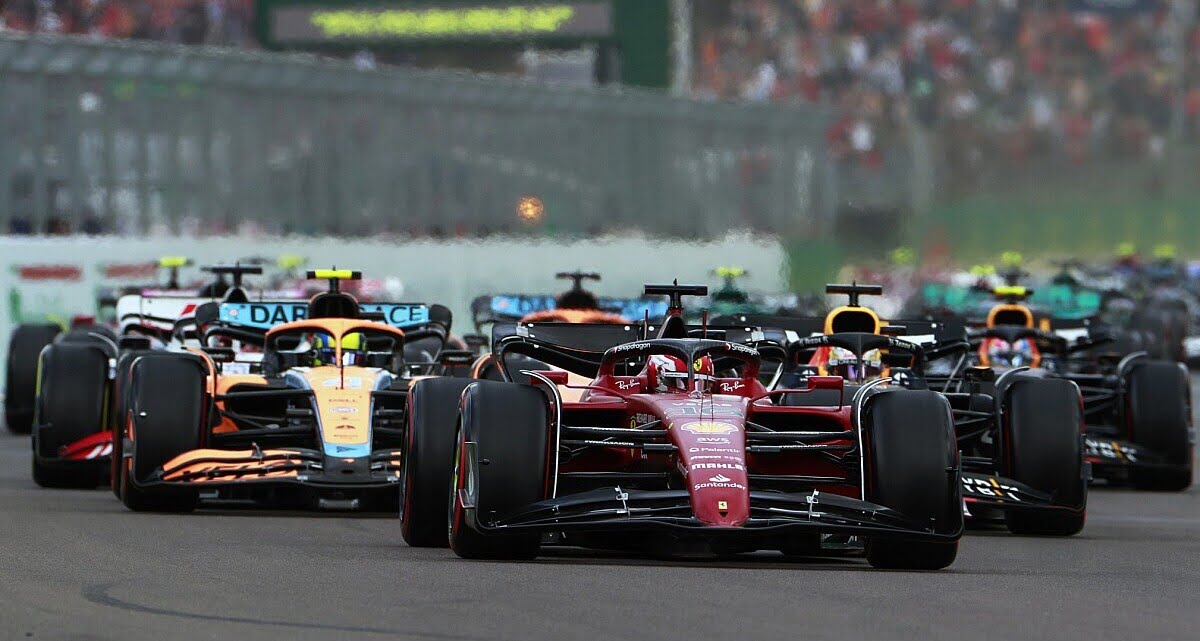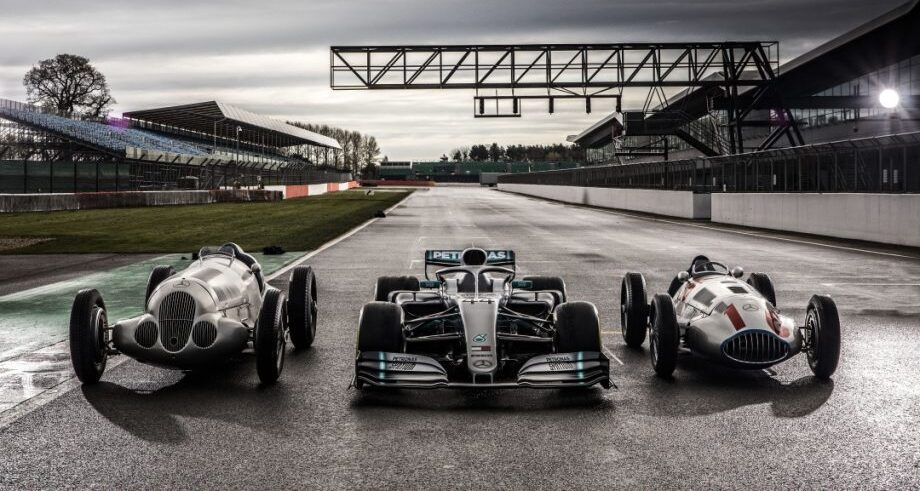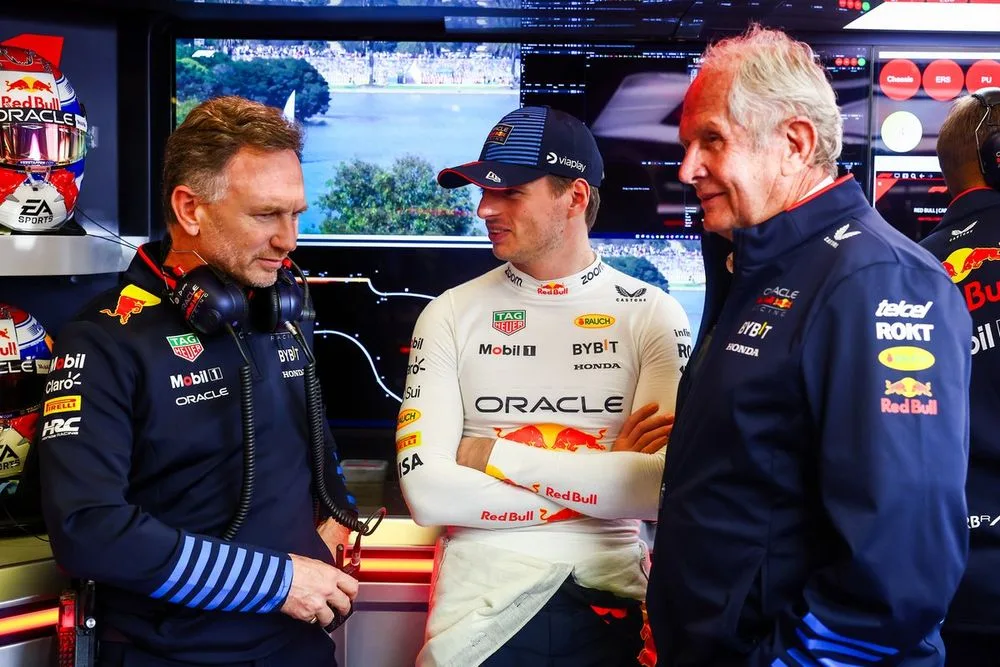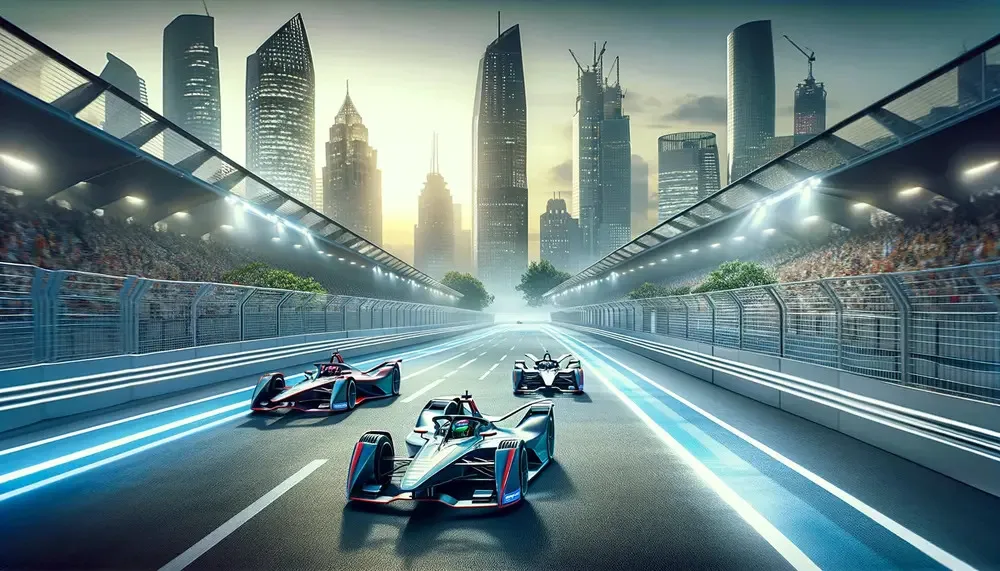
The Evolution of Formula 1: Technological Advances and Their Impact on Racing
Formula 1 has always been the pinnacle of motorsport, a dynamic showcase of speed, skill, and innovation. Since its inception, the sport has undergone a remarkable evolution, driven largely by technological advancements. These changes have not only redefined the boundaries of racing but also significantly influenced the safety and sustainability of the sport.
The Early Years of Formula 1
The journey of Formula 1 began in the 1950s, characterized by manual gearboxes, front-engined cars, and minimal safety features. Early innovations focused on engine and chassis development, laying the foundation for a sport that would become synonymous with cutting-edge technology.
The Turbo Era
The late 1970s and 1980s ushered in the turbo era, a period of radical change powered by turbocharged engines. This technology significantly increased power outputs, pushing the limits of speed and introducing a new level of competitiveness to the sport. However, it also posed challenges, leading to dramatic increases in fuel consumption and engine failures.
Aerodynamics Revolution
Advancements in aerodynamics have been pivotal in shaping modern Formula 1 cars. Innovations such as ground effect, winglets, and diffusers were introduced, enhancing downforce and reducing drag. These changes made cars faster and more agile, transforming race strategies and driver experiences.
The Hybrid Power Era
The introduction of hybrid power units in 2014 marked a significant shift towards sustainability in Formula 1. Combining combustion engines with electric motors, this era not only improved fuel efficiency but also introduced energy recovery systems, setting new standards for performance and environmental responsibility.

Advances in Safety Technology
Safety technology has seen monumental advancements since Formula 1’s early days. The introduction of the HANS device, improved helmet standards, and the development of the Halo cockpit protection system have drastically reduced the risk of serious injuries and fatalities, making the sport safer for drivers.
Data Analytics and Strategy
Data analytics has revolutionized how teams approach race strategy and car development. Real-time data collection and analysis allow teams to make informed decisions on tire strategies, fuel management, and aerodynamic adjustments, significantly impacting race outcomes.
The Future of Formula 1 Technology
Looking ahead, Formula 1 is set to embrace further technological innovations. Sustainable fuels, advanced materials, and even autonomous technology are on the horizon. These advancements promise to make the sport more competitive, safe, and environmentally friendly, ensuring its place at the forefront of automotive innovation.
Conclusion
The evolution of Formula 1 stands as a testament to human ingenuity and the relentless pursuit of perfection. Technological advancements have not only enhanced the competitive nature of the sport but have also improved safety standards and environmental sustainability. As Formula 1 continues to evolve, it remains a thrilling spectacle of speed and innovation, captivating fans and driving technological progress both on and off the track.




